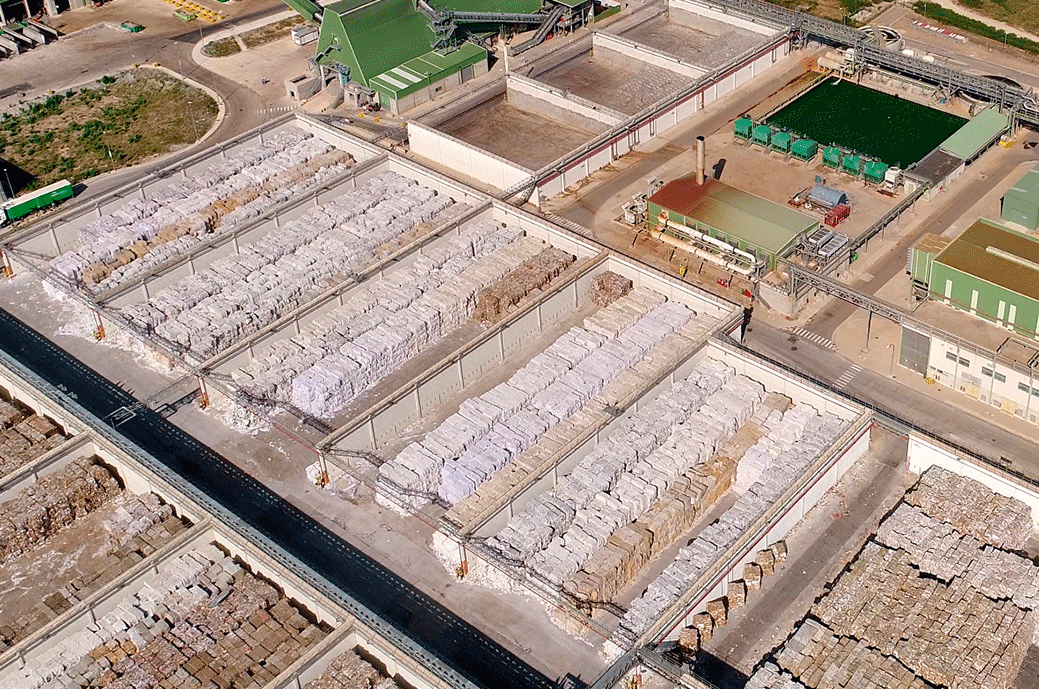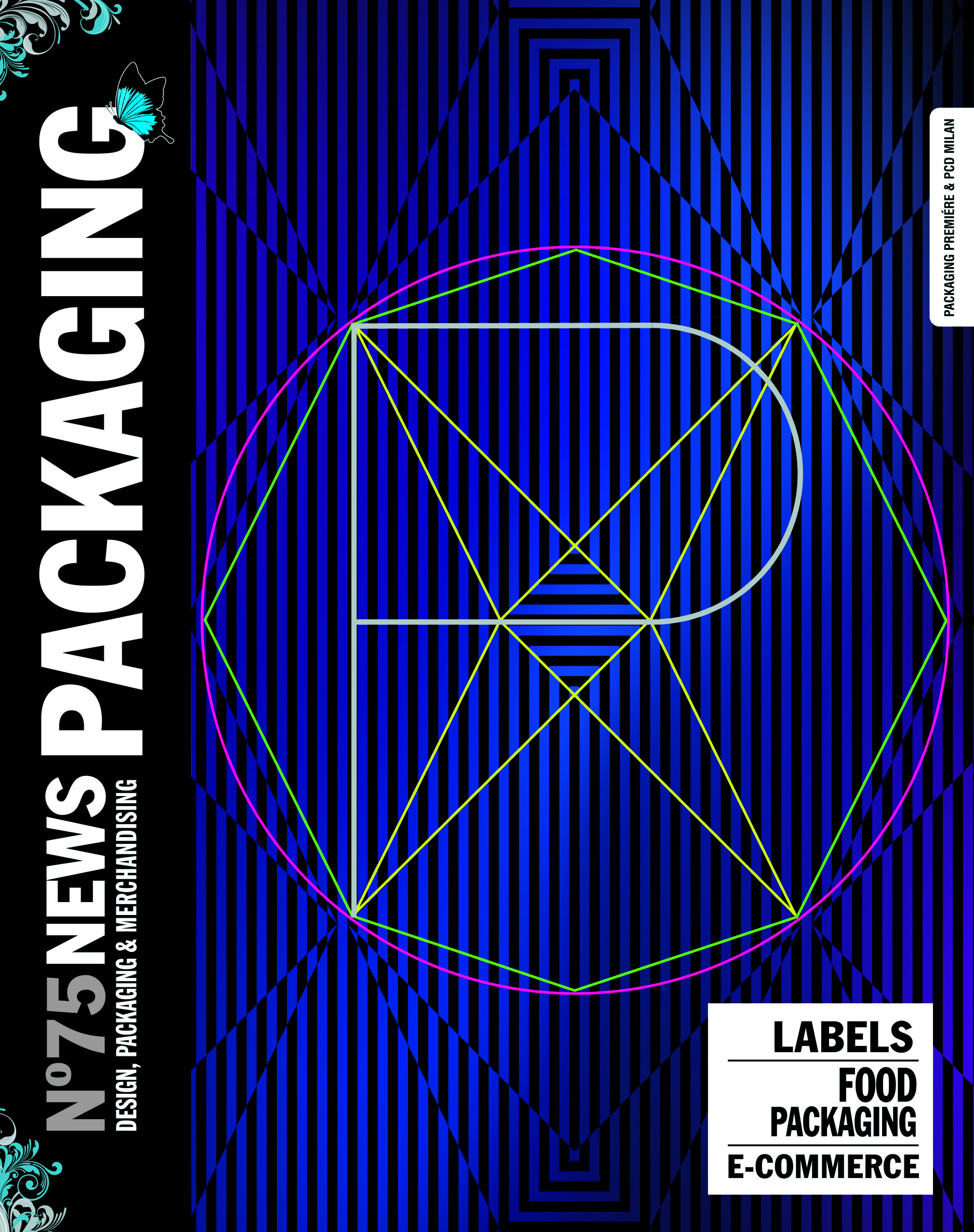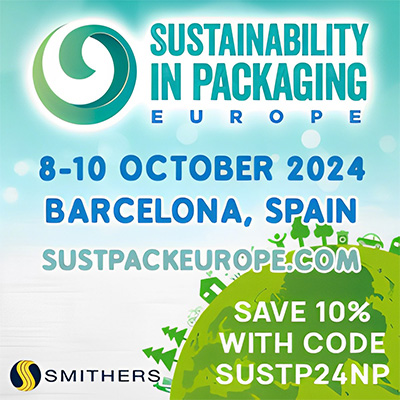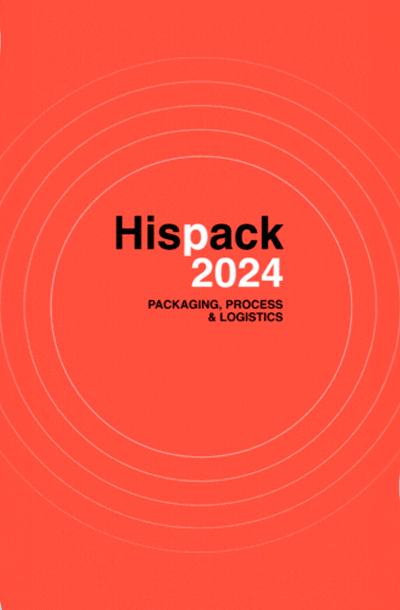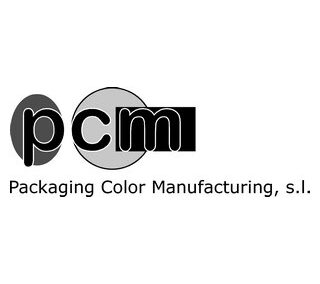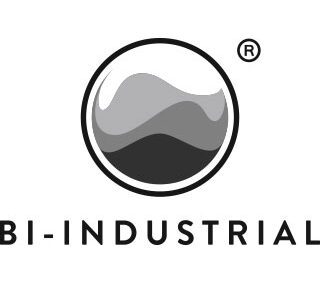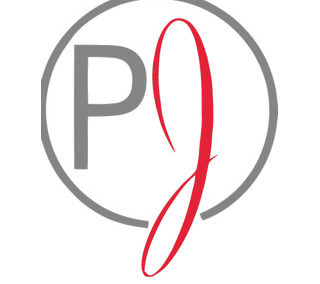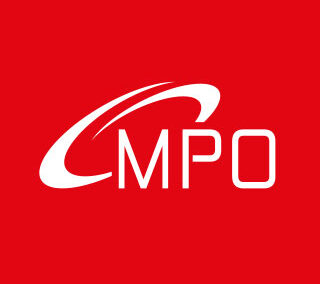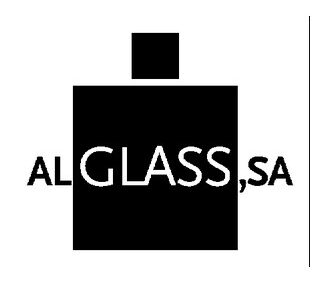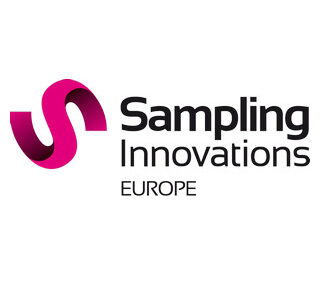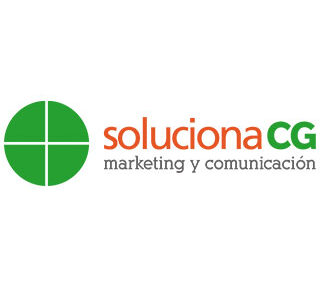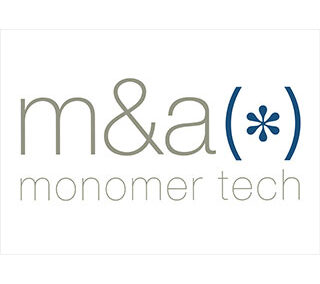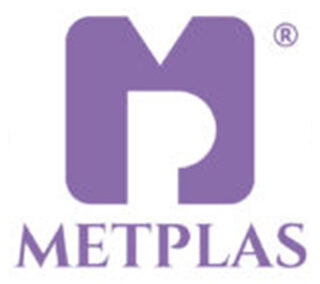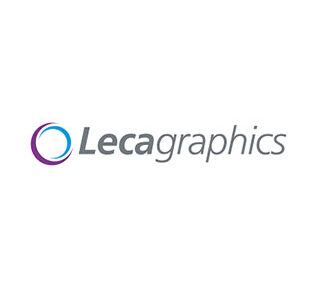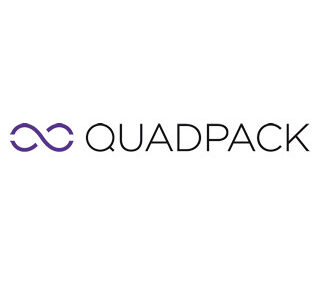With circularity and decarbonisation as environmental action axes of the pulp and paper industry in Spain, the fact that paper mills recycle 78% of the paper we consume, as well as the promotion of sustainable forest management and its certification, with the result that 65% of the paper placed on the market is certified, or having managed to decouple CO2 emissions from production, reducing them by 21% in the last decade and having reduced the total use of water in the manufacturing process to less than half since 1990, according to the Update of the Paper Sustainability Report edited by ASPAPEL.
"The Spanish paper industry, with 10 pulp mills and 69 paper mills, produces all the great varieties of paper," explains Elizabeth Alier, president of ASPAPEL— with renewable, recyclable and local raw materials. 95% of the wood and 69% of the paper used for recycling that we use is of local origin. By transforming these local raw materials, we create wealth in our country and contribute to industrial sovereignty, which has proven so important during the pandemic. With the wood plantations for paper, we create employment and wealth in empty Spain».
In 2021, the ten Spanish pulp mills used 5.451.400 m3 of wood as raw material to produce 1.777.000 tons of pulp. The total consumption of wood for paper increases in 2021 by 2,2% compared to the previous year.
This is wood from fast-growing species (eucalyptus and pine) grown for this purpose in plantations, which are continually regenerating and replanting and would not exist otherwise. The wood used as raw material by the paper industry in Spain comes 95% from these local pine and eucalyptus plantations (and the remaining 5% comes from plantations in other neighboring European countries). In a high and growing percentage (58%), it is also wood with sustainable forest management certification (FSC and/or PEFC). These plantations for paper represent 5.074 direct jobs and 15.882 indirect jobs in empty Spain.
After use, the paper products are collected for recycling through two channels: municipal selective collection (blue container, commercial door-to-door and clean points) and collection carried out by private operators in large distribution areas, industries, printing houses, etc.
Through these two channels, in 2021, 4.403.200 tons of paper and cardboard were collected for recycling, a volume slightly above that of 2020 (0,4%) and already in line with the pre-pandemic collection volume. These data show both the suitability of the Spanish paper and cardboard collection system and the deep roots of the habit of recycling this material in Spanish society.
Spanish paper mills have recycled 5.354.800 tons of used paper in 2021, an increase of 4,4% compared to the previous year. Spain is the second largest recycling country in the EU in terms of volume, surpassed only by Germany and practically tied with Italy. Thanks to this great recycling capacity, the Spanish paper industry guarantees the recycling in our country of all selectively collected paper and cardboard, which meets European quality standards (European standard UNE-EN 643).
In fact, the recycling rate in Spain (paper for recycling used as raw material/consumption of paper and cardboard) amounts to 77,6%, already exceeding the European target for 2030 recently set by the European Recycling Council by almost two points. This means that the Spanish paper industry recycled in 2021 almost 78% of the paper that we consume in our country.
Making paper with less water
In 2021, the total use of water in Spanish pulp and paper factories is 110 million m3 per year, which is half the water used in 1990, despite the fact that production has increased by more than 60% since then. And if we take the last decade as a reference, compared to the 119 million m3 per year in 2012, the decrease has been 8%.
It is important to point out that in the paper process, use and consumption of water are different concepts: of the total water used in the process, only a small part is actually consumed, which evaporates or is incorporated into the final product. And the rest is returned clean.
Thus, of those 110 million m3 of water used by the Spanish paper industry in 2021, only 15% was actually consumed. The remaining 85% (93 million m3) was returned purified to the receiving environment (rivers or lakes, sea, municipal sewers, estuaries...), after being reused internally as many times as possible.
Also over the last decade there has been a significant improvement in the quality of discharges in almost all indicators, which are currently at the highest standards allowed by the Best Available Technologies. The Chemical Oxygen Demand (COD) parameter in 2021 has decreased by 2012% compared to 62 for cellulose and has increased by 14% for paper. Suspended Solids (SST) have decreased by 56% for cellulose and 33% for paper. Finally, Halogenated Organic Compounds (AOX), the specific discharge from the production of bleached cellulose, has decreased by 86%.
Decarbonization
In this area, energy efficiency measures, the use of biomass as fuel and cogeneration are the three pillars of the strategy of the sector in Spain in terms of reducing emissions. With this strategy, total CO2 emissions have been reduced by 21% compared to 2012 and those of SOx and NOx by 83% and 40%, respectively.
The paper sector is today the largest industrial producer and consumer of biomass in our country. Biomass currently accounts for 37% of the total fuels used by the sector.
The pulp and paper industry is electro-intensive and heat-intensive and produces most of the thermal and electrical energy it needs in cogeneration plants located next to its factories, with an installed capacity of 876 MW. Cogeneration produces both electricity and useful heat in the form of steam, optimizing the use of fuel, thus saving primary energy (a saving of more than 10%) and reducing emissions.

